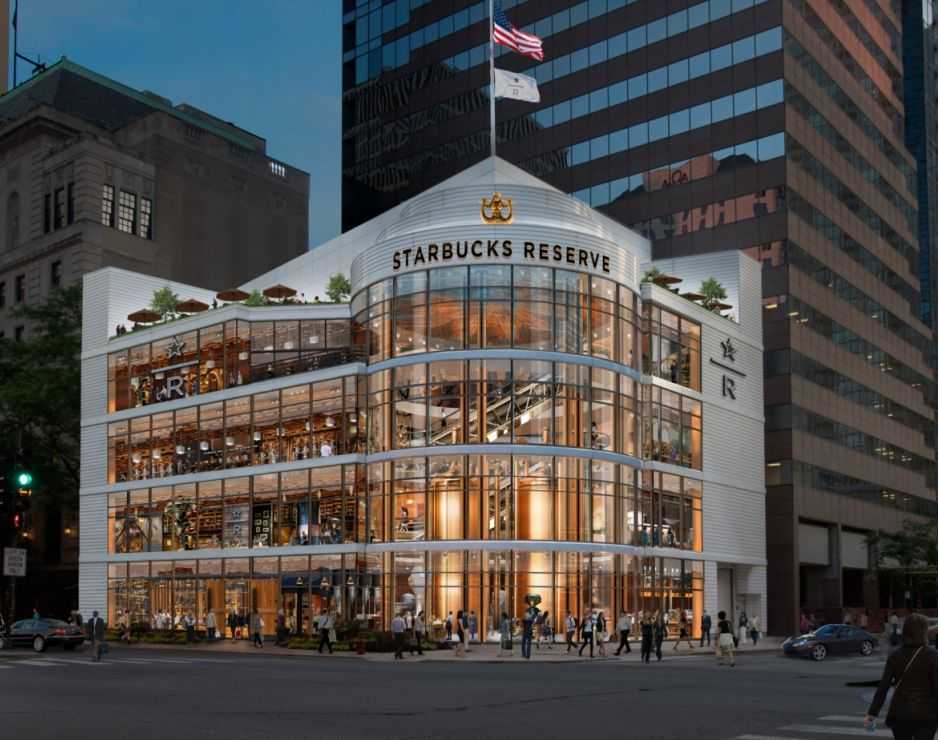MILAN – Major chains are driving the U.S. coffee shop growth, but overall market slows amid intense competition. Project Café USA 2020, Allegra World Coffee Portal’s market-leading report on the US coffee shop segment, reveals the $47.5bn market grew 3.3% to reach 37,274 outlets over the last 12 months.
- Annual sales and outlet growth remain robust at 4.3% and 3.3% respectively, but growth has slowed for the third consecutive year
- Coffee-focused chains drive outlet growth, adding 1,070 stores to reach 29,812 outlets, representing 3.9% sub-segment growth
- Food-focused chains perform sluggishly, adding just 54 net new stores over the last 12 months, representing 0.8% growth to reach 7,462 outlets
- Intense competition within the largest cities encourages major operators to focus expansion in second-tier locations and less densely populated urban areas
Major chains tighten grip on the market
Starbucks is by far the largest coffee chain in the US, retaining a 40% share of the total coffee shop market with 14,875 outlets and adding 585 net new stores over the last 12 months. Dunkin’ remains the second largest branded coffee chain with 9,570 outlets, opening 309 net new stores to achieve a 26% market share. The two market leaders accounted for 80% of new US store openings during the last 12 months.
German-owned conglomerate JAB Holdings continues to exert significant market influence, operating a total of 4,739 outlets across 15 prominent brands including Panera Bread, Peet’s Coffee and Caribou Coffee. Collectively, Starbucks, Dunkin’ and JAB Holdings-owned brands comprise 78% of the US branded coffee shop segment, a collective increase of 899 outlets compared with 12 months ago.
Younger consumers driving growth in specialty coffee, cold brew and deepening digital interaction
Industry leaders surveyed by World Coffee Portal cited growth in specialty coffee as the most important consumer trend currently affecting the US coffee shop market. More than 80% identified cold brew as the fastest growing product in coffee shops. These product trends are heavily influenced by under-30s consumers, who are more willing to try new products than older demographics. This age group is also most likely to have significantly increased coffee shop visitation over the last 12 months, making them a key demographic for sales growth.
Young people are embracing technology such as mobile apps and online ordering. This trend is evident in the growing adoption of third-part digital delivery platforms, such as DoorDash, UberEats, and Grubhub by major chains including Starbucks, Dunkin’, and Panera Bread. The influence of younger consumers using social media is also evident, with industry leaders citing social media advertising as the most effective form of marketing for coffees shops.
Cautious optimism for the future of US coffee shop branded chains and boutique operators
World Coffee Portal forecasts continued growth in the branded coffee shop segment, which is expected to exceed 41,700 outlets by 2024 at 2.3% CAGR over the period. The coffee-focused sub-segment is anticipated to lead this growth at 2.7% CAGR over the next five years, exceeding 34,100 outlets. Growth will be concentrated among the largest chains and most successful boutique 5th Wave operators. However, the possibility of a wider economic downturn poses a threat across the entire segment, particularly those chains that fail to differentiate themselves amid intense market competition and rising property costs.
Commenting on the research findings, Allegra Founder and CEO, Jeffrey Young, said:
“The US coffee shop market is at a critical crossroads, with rising costs and consumer expectations combined with intense pressure on end-consumer spend. Only the very best brands and sharpest operators will capitalize on growth opportunities in this current market landscape.”


















